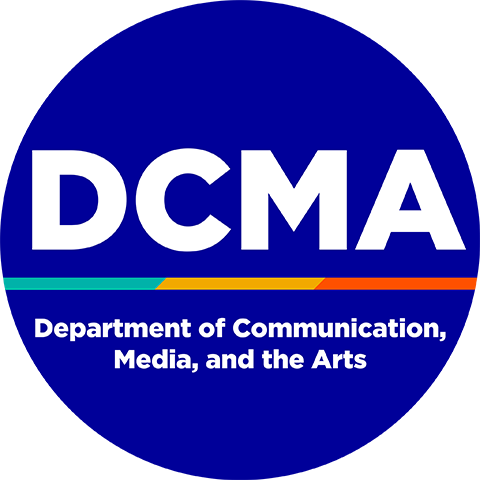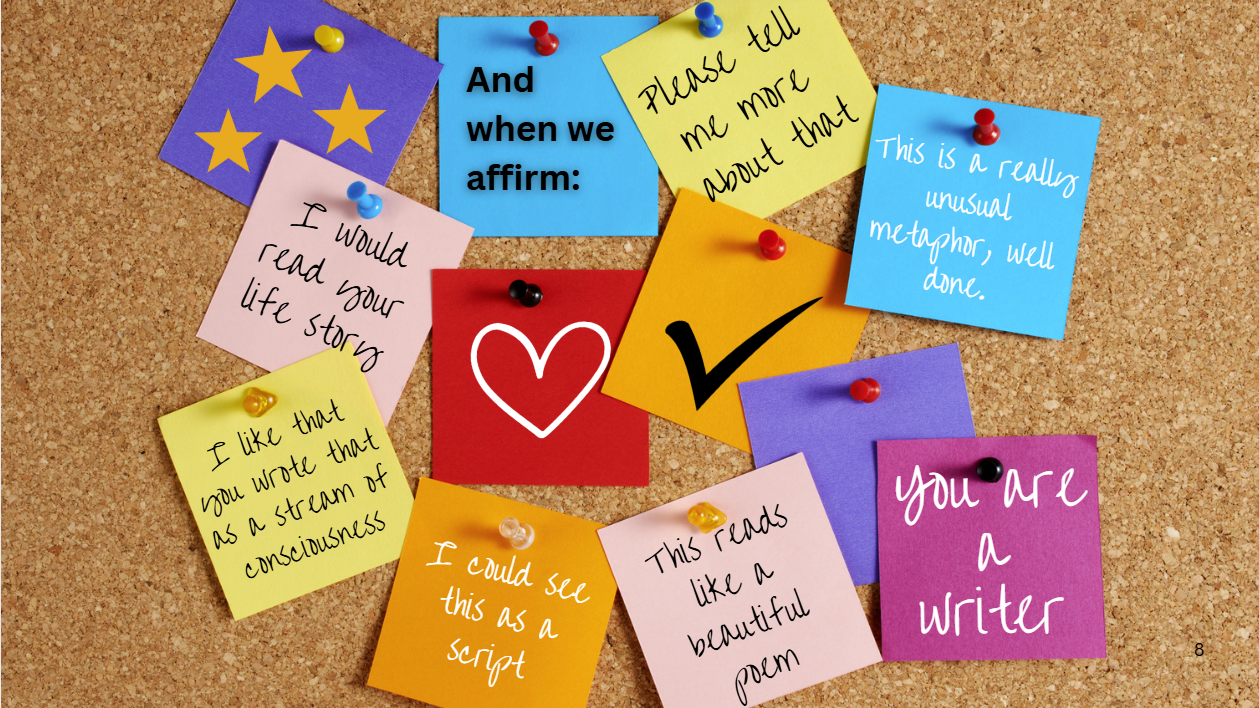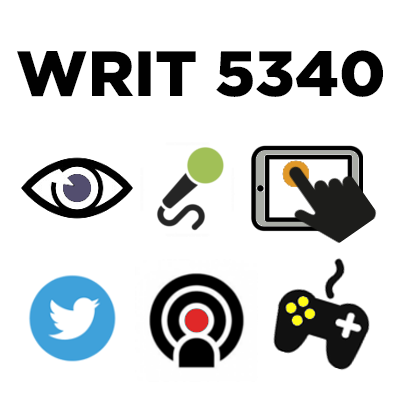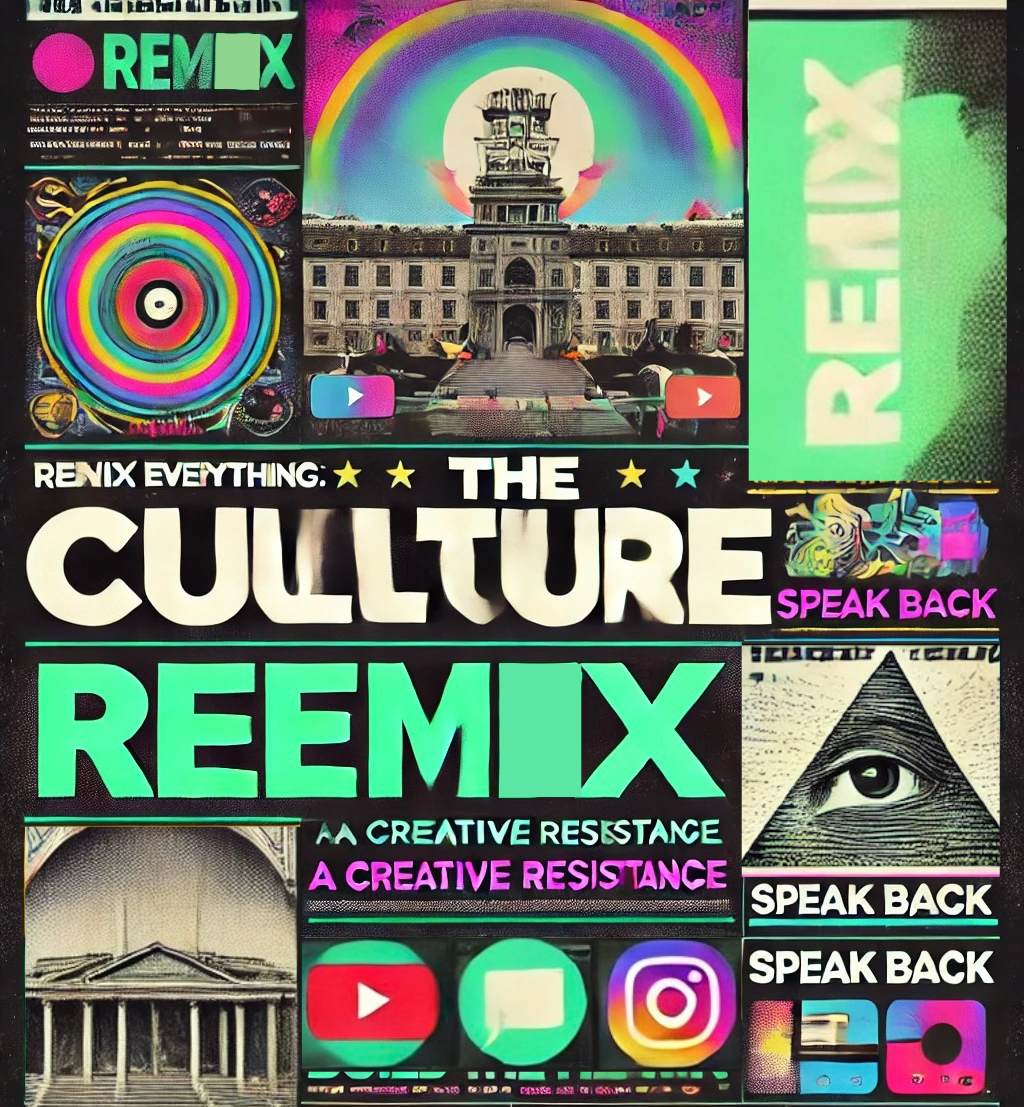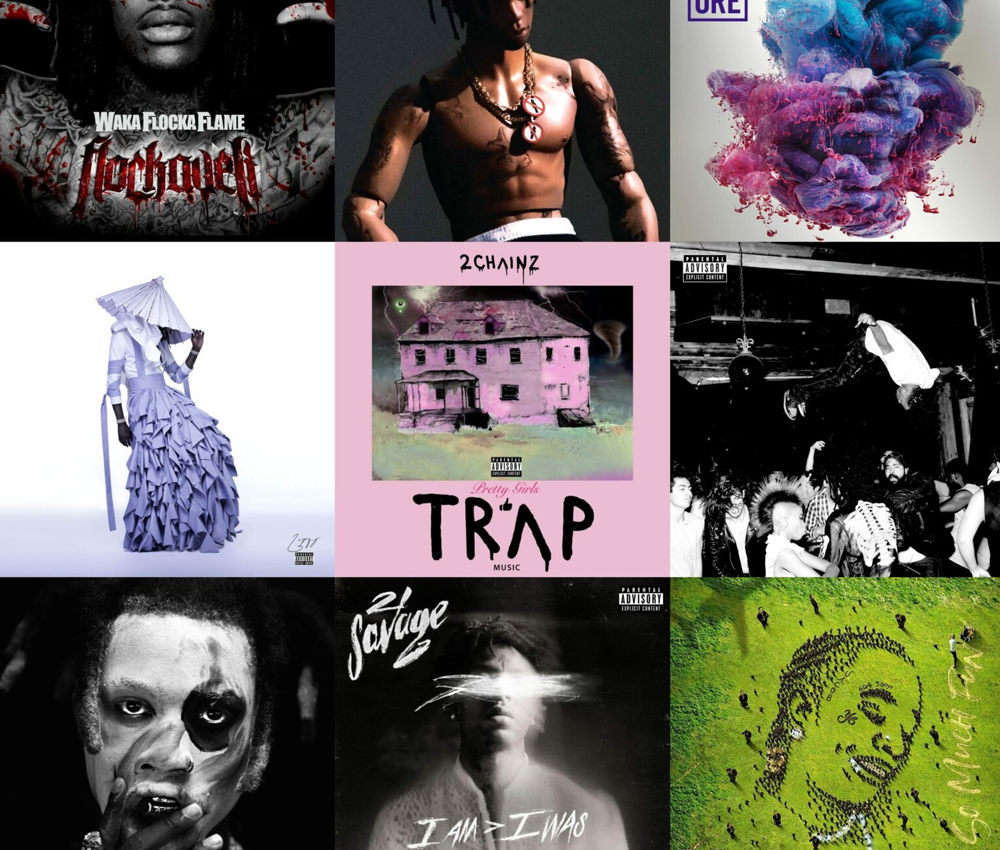- Maker: Joanna Sutherland
- Genre: Manifesto
- Level: Graduate
- Program: Composition, Rhetoric, and Digital Media
- Course: WRIT 5340: Multimodality
- Instructor: Dr. Eric Mason
- Semester Created: Fall 2024
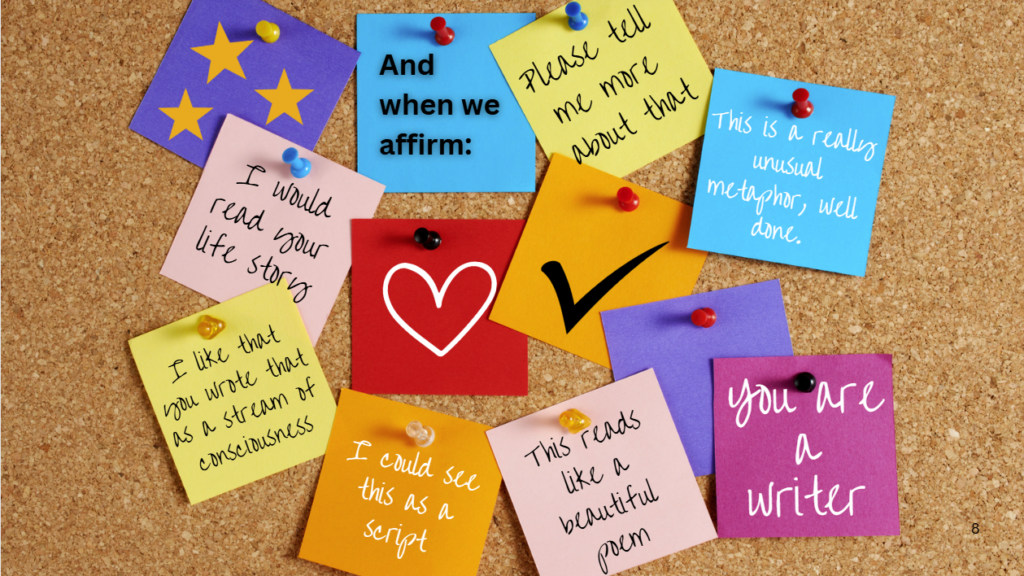
Description
The English Teacher’s Manifesto video.
This is a gentle manifesto, presented in the same tone as the message, which is to invite students to share about themselves in reflective and expressive way, in order to grow as writers and learners and build confidence in their own abilities thus creating the ability to see themselves as capable, strong writers.
Reflection
As a high school English teacher of eight years in South Florida, I have taught 12th-graders who struggle to write a paragraph, I have taught 11th-graders who are so terrified of making the cardinal error of writing a run-on sentence that they never use more than ten words per sentence, I have taught students who never expect me to give narrative feedback on their writing, because they are only used to getting a letter grade.
I have seen first-hand how the way writing is tested, with students being expected to parrot and restate information from set articles, with little room in the curriculum for personal, expressivist writing (Yagelski, 2009), especially for the more struggling writers who are pushed through retest after retest. Writing reflectively is also an important tool in learning, so with more personal writing students have more scope to understand their own learning process, as well as becoming stronger writers. If “Languaging is doing is feeling is seeing” (Rule, 2020), then students need to be able to express themselves through writing, to be seen as writers, and to see themselves reflected in their writing, too, in order to become fully attuned to the capabilities and potential both of writing and of themselves as writers.
I chose to open and close with a handwriting font, Over the Rainbow, to create a more personal mood, which shifted to Times New Roman when expressing the problems with the current ELA requirements and curriculum. When shifting tone to advocate for a student-centered approach, I chose to use the Canva Sans font as less formal, more welcoming font. I also changed the way the text arrived on the page, using typewriter for the Times New Roman text, to emphasize the prescriptive nature of teaching writing for standardized testing, whereas I used a skater animation for the rest of the slides, creating a more gentle, bouncy action for an informal and enjoyable effect. I used monochrome images for the problem-centered slides to convey a narrow approach to English, shifting to colorful images for the slides where I demonstrate a more humanist theory for teaching writing.
As the manifesto itself is about inviting, welcoming, and affirming, I chose to write the recommendations for teaching in the same style, instead of a traditional manifesto which would lean more towards using imperatives, as I felt that would contradict the content of the message. However, the soundtrack contains the implied imperative to teachers and administrators to think, as it is the instrumental version of Aretha Franklin’s song of that verb. Listeners who don’t know the song can simply appreciate the upbeat, hopeful, and urgent nature of the melody, whereas those who are familiar of the song may be silently speaking the lyrics as they read the manifesto: “You’d better think, about what you’re trying to do to me. You’d better think, come on now let your mind go free.” and “Oh, freedom”. This music has two audiences: firstly, educators and admin to reconsider their practices, and secondly, students and sympathetic educators who may recognize their own weariness and frustrations at the constraints in the writing classroom in the refrain. I was able to time the key change in the song to the shift between the black-and-white and color slides, emphasizing the shift in tone and color.
Works Cited
Franklin, A., White, T. (1968) Think Lyrics. Lyrics.com. Retrieved December 7, 2024, https://www.lyrics.com/lyric/29820352/Aretha+Franklin/Think.
Rule, Hannah J. (2020). Beyond Page Design: Writing as Embodied Multimodal Meaning. Writing Changes: Alphabetic Text and Multimodal Composition. (P. Reichert Powell, Ed.) (pp62-82) New York: Modern Language Association. https://nsuworks.nova.edu/hcas_dcma_facbooks/44/
Yagelski, R. P. (2009). A thousand writers writing: Seeking change through the radical practice
of writing as a way of being. English Education, 42(1), 6-28.
